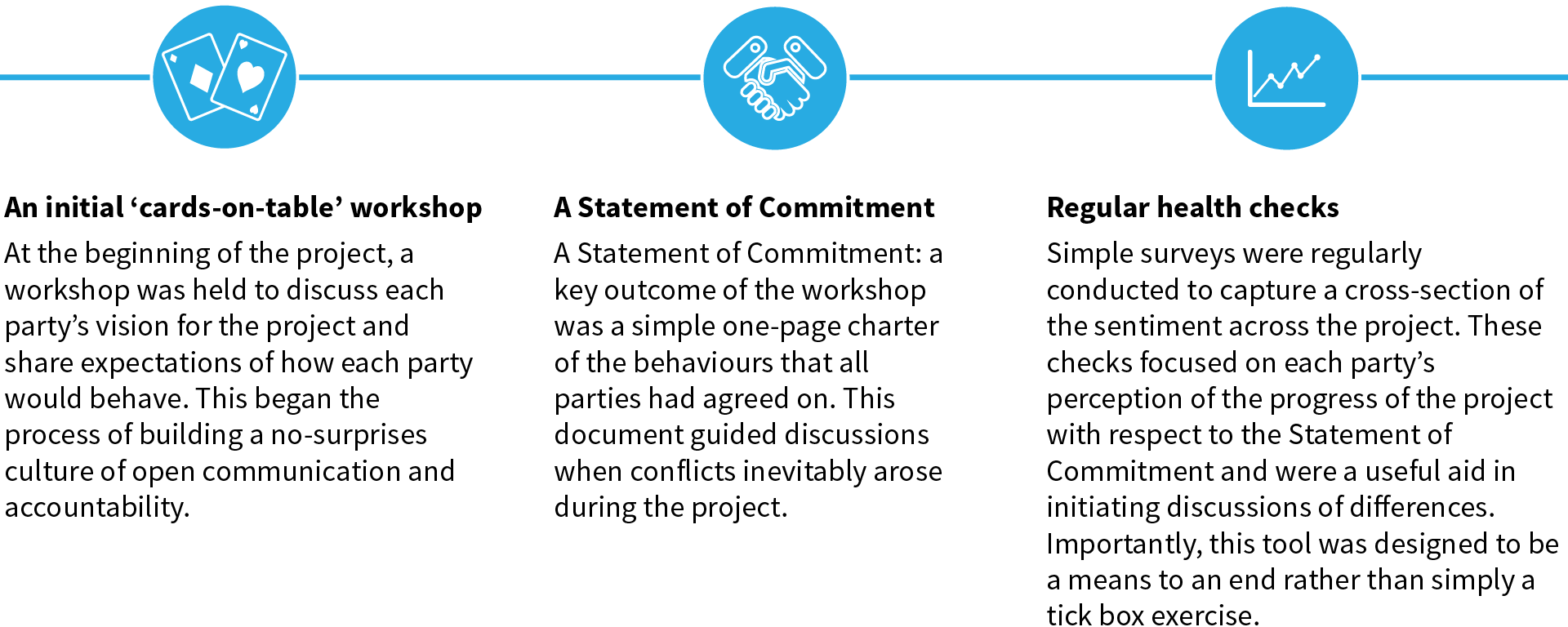However, with great infrastructure spending comes great responsibility. For such a large portfolio, the risk of cost over-runs due to inefficient spending could run into the billions and both the government and the community have a strong vested interest in avoiding such an outcome.
Many of the projects involved will be completed without major incident. Traditional project management processes will be followed, unexpected issues will be few, and billions of dollars will be spent as budgeted. However, the current infrastructure portfolio also includes a significant number of ‘complex’ projects: large, multi-faceted projects with numerous inter-dependencies. History tells us they are particularly liable to major cost overruns and delays. A recent paper published by the Grattan Institute illustrates this point well: of the 836 infrastructure projects analysed in the paper, ‘90% of cost overruns were due to the 17% of projects that overran their budgets by more than 50%.’
Overcoming challenges
Many of the challenges faced by complex projects are familiar to us from headlines and press releases: unexpected heritage findings, endangered species and community opposition, for example. Planning for and responding to such challenges can become quite tricky, as the standard operating procedure is different to smaller or more straightforward projects. Complications can lead to uncertainty and prompt the parties involved to protect their own interests at all costs. The contract may be wielded as a blunt instrument with no thought for the bigger picture. The situation may begin to resemble the classic Prisoner’s Dilemma, in which pursuit of personal gain blinds participants to the benefits of working together.
Again, this scenario will sound familiar to many, and numerous strategies can be employed to manage such risks. More extensive planning and investigation stages can reduce potential surprises; taking the time to gain a social licence can encourage collaboration between parties, and the wider stakeholder groups. By ensuring a realistic mindset is engaged when preparing the cost and schedule plans, this will lead to better management of expectations. However, despite all the best laid plans, it might never be possible (or reasonable) to entirely eliminate risk.
Invariably, crises will still arise and the success or failure of the project may ride on the answer to one question: does each party trust the other to act in good faith?
Building trust
It is obvious that a good working relationship will result in a better outcome, and yet, genuinely collaborative environments on complex projects are rare. There is an explanation for this: building trust among the different parties involved in delivering a complex project, especially when there are often competing priorities, is something that comes from a concerted effort. Such an environment requires early intervention, leadership, hard work and communication, all supported by an effective framework of tools and processes. Now for the billion dollar question: what does this actually look like?
Tools for collaboration
Advisian recently completed a project management role for a major infrastructure project that experienced significant heritage discoveries and legislative changes with dramatic workplace safety implications. Either of these challenges might have been enough to stall the project leading to extended disputes and administrative burden. Instead, respectful discussions, quick negotiations, and effective compromises led the way. The foundation of this success was agreed by all parties involved: the culture of good faith and the processes that had built it.
But this working relationship didn’t spring from nothing. As an impartial party working between the client and contractor, Advisian played a crucial role in fostering this collaborative environment.
Three key processes underpinned the success of this approach:

As important as these tools were, they would have achieved nothing without initial buy-in and ongoing collaboration from everyone involved.
Although the buy-in is often the most challenging step, one of the key enablers from the perspective of a project owner is finding credible, individual champions of both collaboration and the tools that support it, to bring everyone on board. Finding people with this experience, and engaging them early, should therefore be a key consideration for a project owner with a complex project.
As important as these tools were, they would have achieved nothing without initial buy-in and ongoing collaboration from everyone involved.
Looking to the future
Looking to the future, there is no shortage of complex projects: WestConnex, the Metro, the CBD Light Rail, and the Western Sydney Airport are all examples of large projects that will experience (or continue to experience) unexpected developments. These issues may not only compromise the initial benefits promised by these projects but also impact community engagement in the future. Key to avoiding this outcome will be a focus on collaborative working relationships and the tools and people necessary to foster them.



